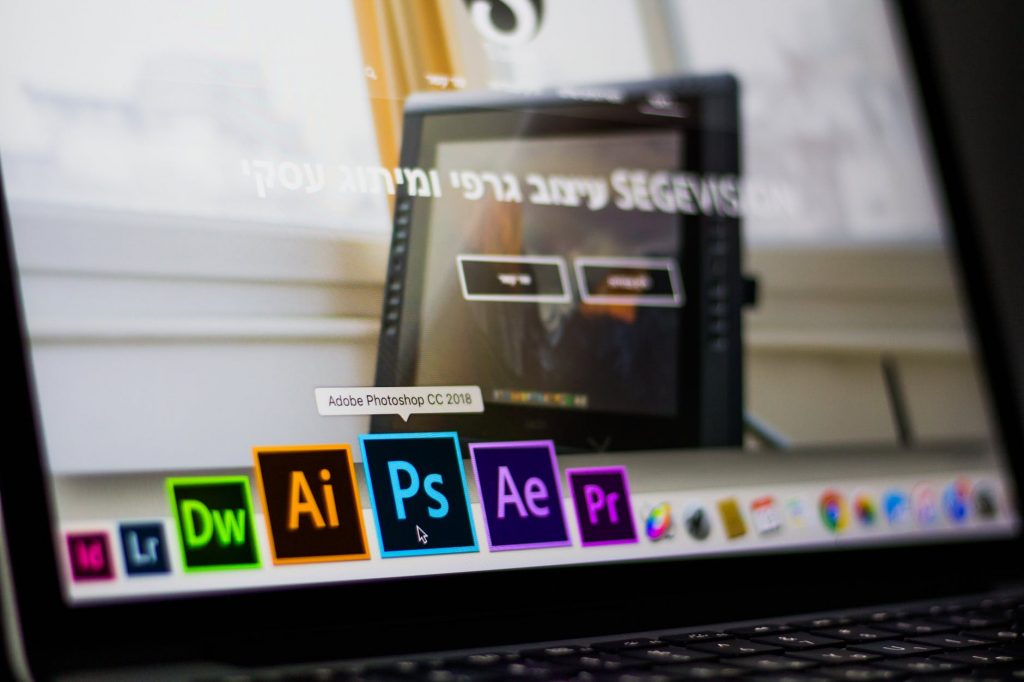Conversion rate optimisation is something that should be taken very seriously by anyone who cares about making conversions through their website. Getting lots of traffic to your site is one thing: but what’s the point of being inundated with traffic if it’s failing to convert into actual customers?
But what exactly does conversion rate optimisation involve? Here are a few simple techniques that you should put to use if you are serious about converting in a competitive environment.
Content Matters
The content on your website or landing page is the most important thing when it comes to conversion rate optimisation techniques. The words that you use, and the way that you use them, have a direct impact on who will buy and who will walk away.

Make Your Headline Stand Out
Headlines get noticed before anything else, and they therefore have a big responsibility. Your conversion rate can take a dive simply through getting the headline wrong.
Your headline has to speak directly to the reader: offer a benefit if they read on; imply the answer to a problem lies within the content; rouse their curiosity, at least enough to read the first paragraph.
Web users are hardly prepared to spend time investing in a poor headline that does not instantly capture their attention. If your headline fails, there are plenty of others out there to distract them.
Use Subheadings
Just as headlines need to capture the initial attention of the reader, subheadings need to keep them reading. Many of your visitors will not read the whole article, preferring instead to skim read. Conversion rate optimisation involves helping your visitors along with well-placed subheadings that provide them with the facts and are interesting enough to keep them reading.
Include Testimonials
It’s not good enough to just announce that your product or service is the best: visitors to your website want hard proof, and conversion rate optimisation involves providing them with this.
One of the best ways to do this is in the form of testimonials. And don’t think you can get away with the ‘Bob from Brighton’ class of testimonial: you need full names, company details if possible, even an email address. The more information you can provide, the more genuine the testimonials will be and the more confidence the visitors will have in your product.

Provide a Guarantee
You are a stranger to your visitors. No matter how genuine and trustworthy you are, they don’t know that. Give your visitors confidence to make the purchase by providing them with a solid guarantee. Offer them a full refund if they’re not 100% satisfied, or something else along those lines. And then stand by this guarantee completely: if your product is as good as you say it is you shouldn’t need to use it much.
Make an Offer
Whereas you may know that your product alone is enough to make their lives better, your visitors will need a bit more convincing. An offer will persuade them that they would be foolish to miss out on the deal. Send them a freebie along with the product; provide them with a discount if they buy in the next week; allow them to pay in instalments. All these things are key to good conversion rate optimisation and will help to get your visitors over the final hurdle.
Address Visitor Objections
You know that your product is in a class of its own; but if you really had to think hard, what possible objections could your potential customers come up with to leave your website? Might your product be on the expensive side? Or the opposite, suspiciously cheap?
Whatever they think of, you need to think of it first and come up with a suitable response to make them realise they were wrong all the time.

Design Matters Too
If the content is the most important aspect of conversion rate optimisation, the design of your website must surely come in a very close second. This doesn’t mean you need to invest in a really expensive website with all the bells and whistles: it simply means sticking to a few proven techniques that can help to boost your conversions.
Above-the-Fold Content
You already know very well that internet users are an impatient bunch. So why would they hang around on your website unless they immediately found what they were looking for? Just as headlines have to catch the visitors’ attention and draw them in quickly, all the important information needs to be visible as soon as someone arrives on your website. Put all this information above the fold, meaning it is in view straight away, and don’t give them an easy excuse to leave.
Use Images That Do Something
We all like a bit of colour in our lives, but images are only worth including on your website if they are doing a specific job. Too many websites contain vague images that don’t have any specific purpose and do nothing for conversion rate optimisation.
Infinitely more effective are images that: show customers using your products; display how your product can be used to solve a specific problem; present before and after situations, etc. Give your images a job to do and the conversions will come easier.

Call to Actions Throughout
You have to tell your potential customers what you want them to do. But on a landing page, why leave this until the end? Ideally, your call to action should appear throughout the page so that whenever the site visitor finds a reason good enough to buy they don’t have to search too far for the next step.
Bullet Points
Although too many bullet points can become a distraction, presenting a few key benefits or important portions of information in this format is sure to catch your visitors’ attention.
But don’t just include anything in your bullet points: include important information and benefits that will present a convincing case for your visitors even if they don’t read the rest of the content.
Font Size and Colour
This is another conversion rate optimisation tactic for those impatient visitors who simply refuse to read every word of your carefully-crafted landing page. Bold, italics, underlined, highlighted, larger letters: used sparingly and in the right places these are sure to get a bit more attention.

Multivariate Testing
That’s quite a lot of ways that content and design play a big role in conversion rate optimisation. And it’s only really the beginning: there are literally hundreds of factors that can help you to increase your conversions. The problem is that sometimes you just don’t know which one to focus on.
That’s where multivariate testing comes into play. This allows you to test each and every aspect of your website to see what’s working and what’s not. You can test different headlines to see which gets the most attention, you can find out why that advert in the top right corner is better than the one in the top left corner or why one first paragraph works better than another.
If you have a budget for multivariate testing then by all means give it a go. But start with the above techniques and you’ll be well on your way to improving your conversion rate optimisation.
